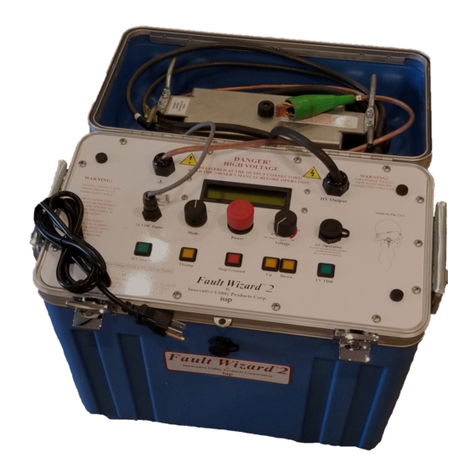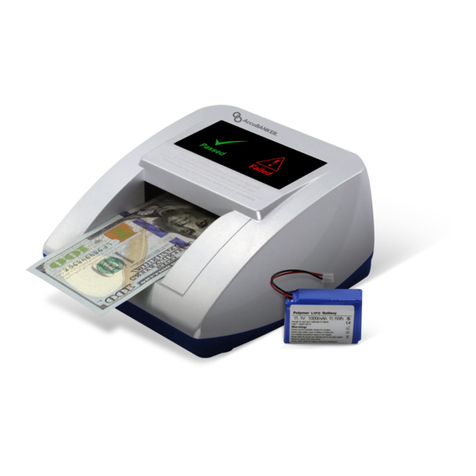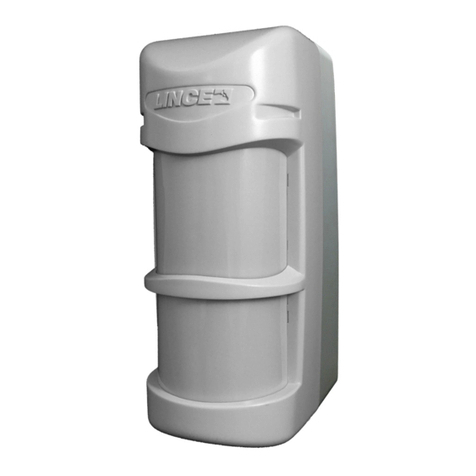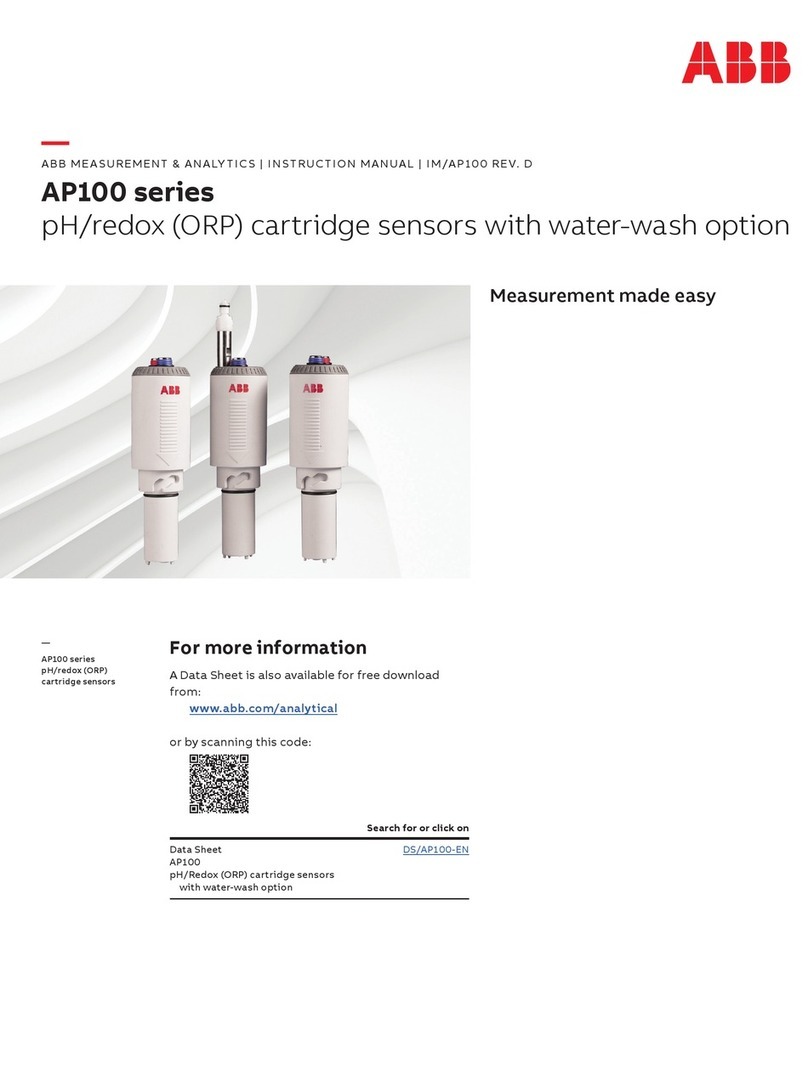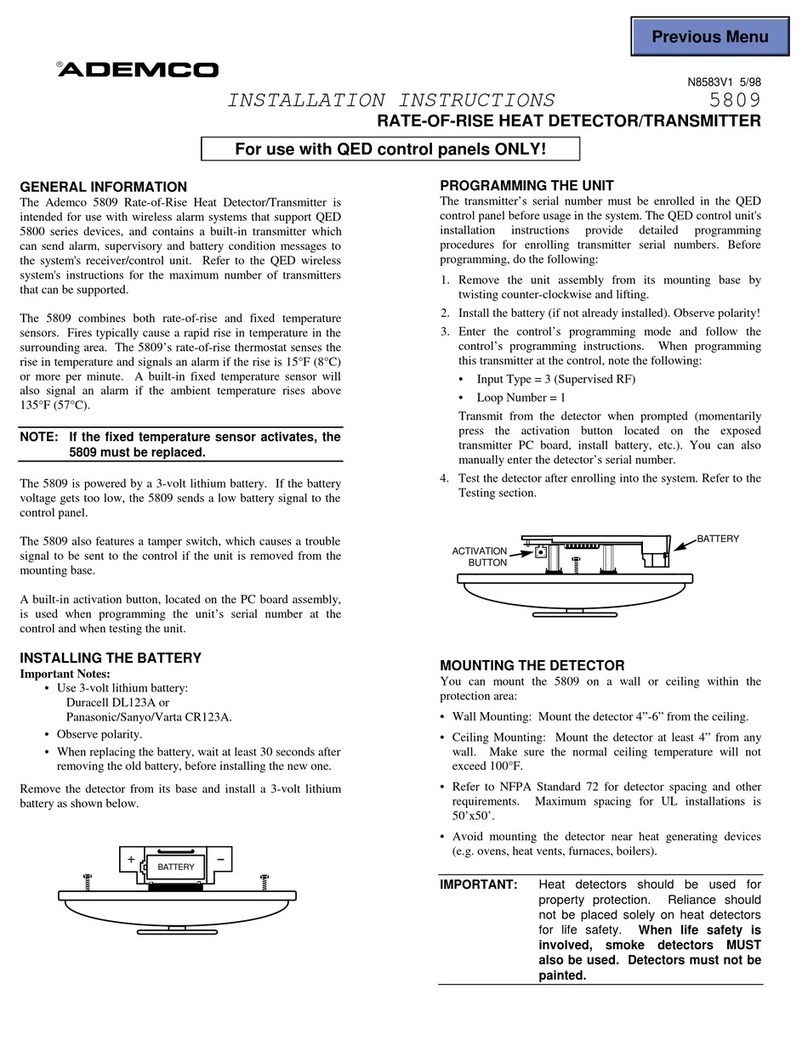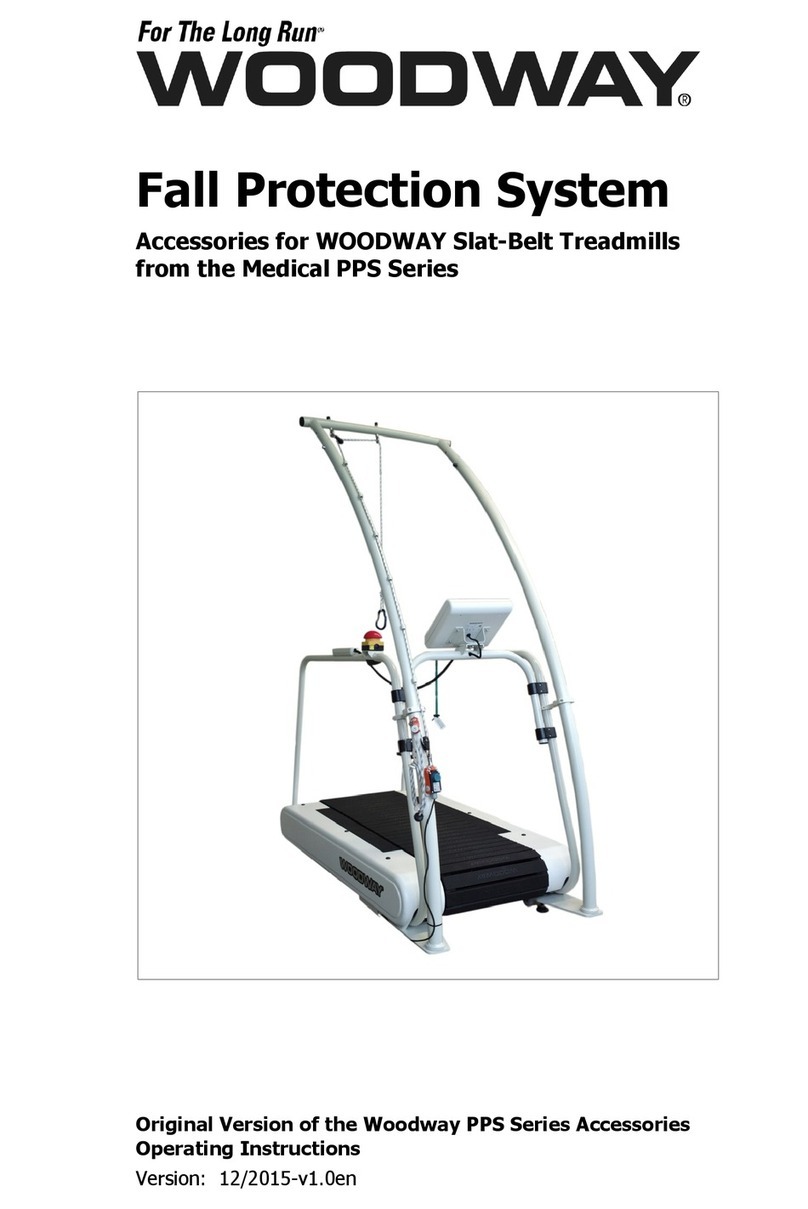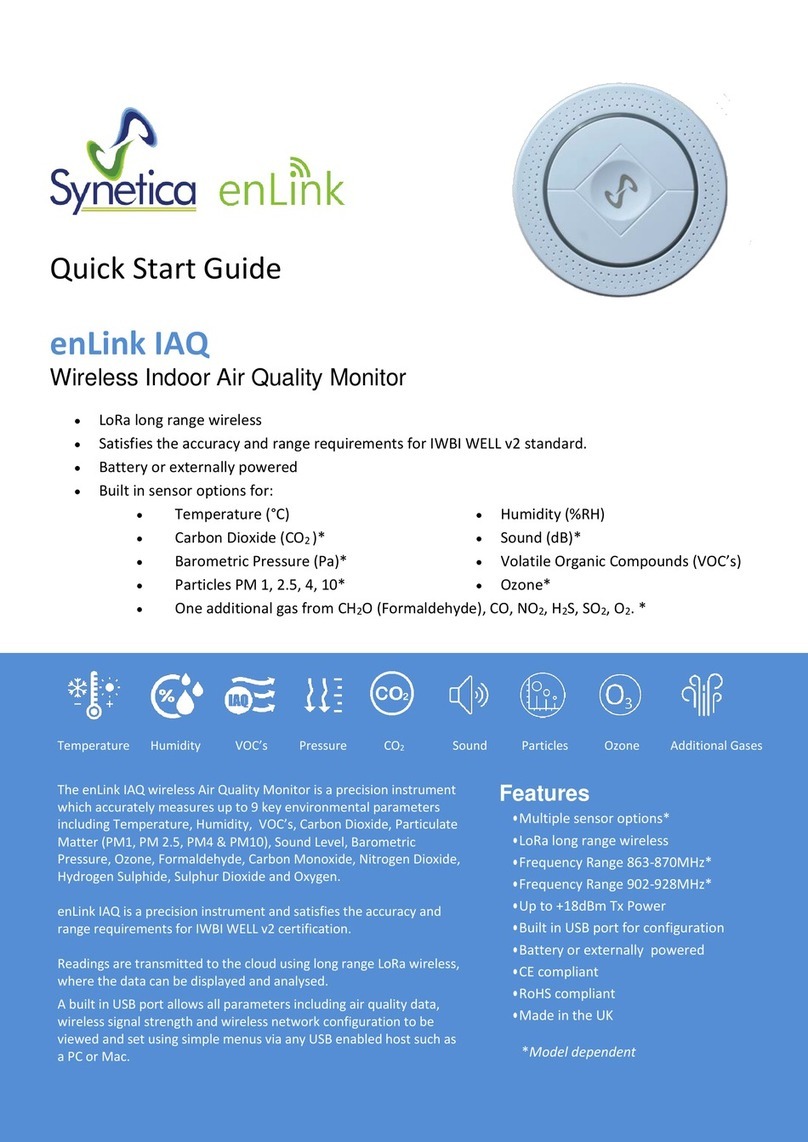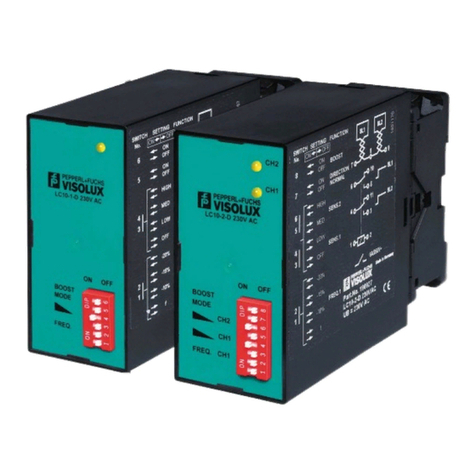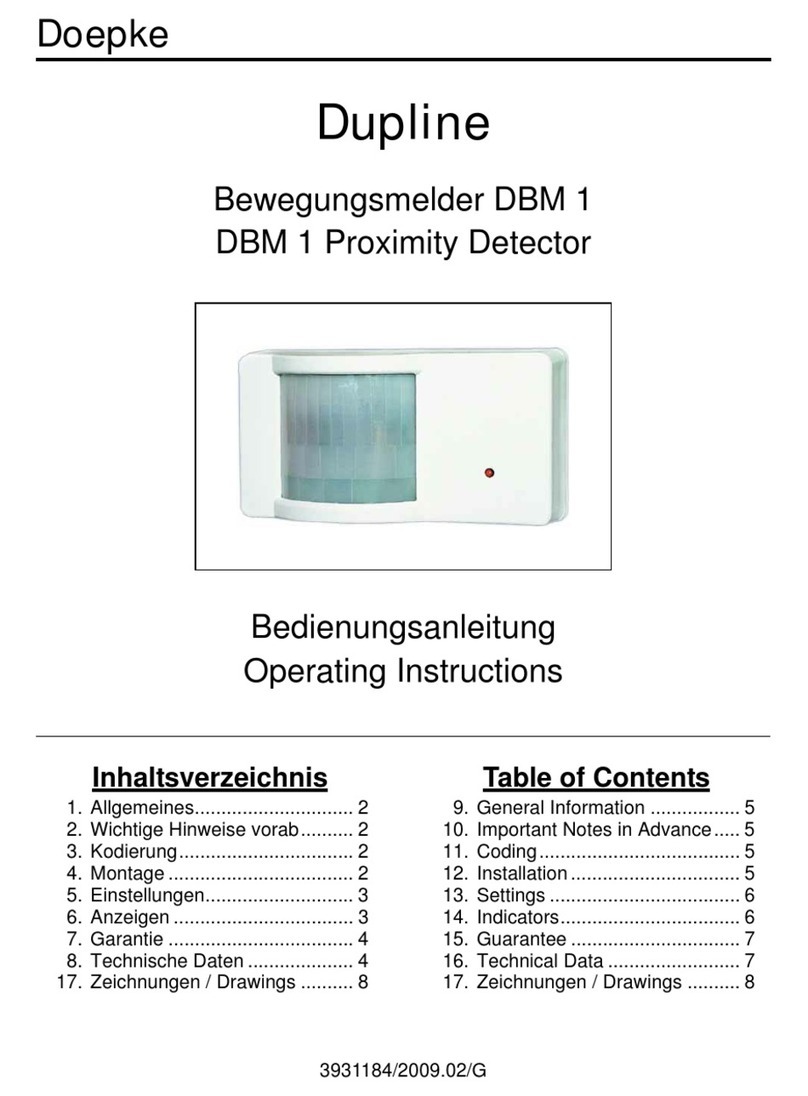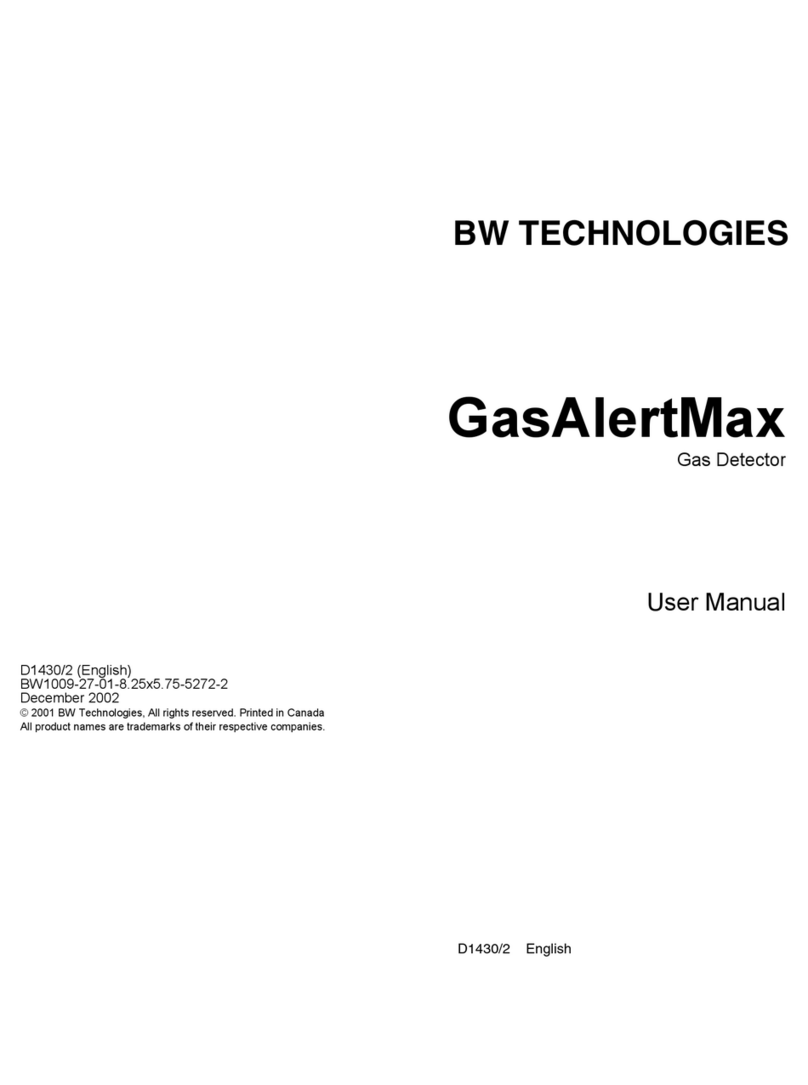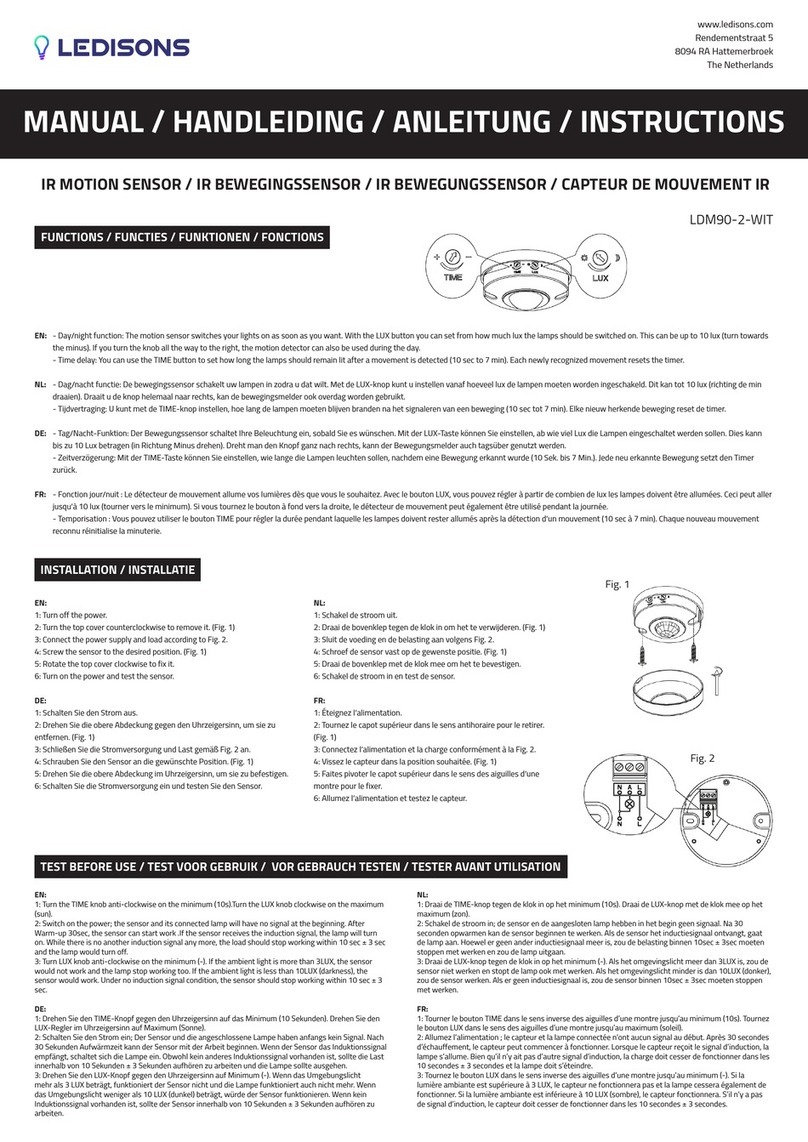Centurion FLUX 11 User manual

FLUX 11
Pocket installation manual
SENSITIVE
INDUCTIVE
LOOP DECTOR

The FLUX 11 is a single channel plug-in inductive loop detector
designed for vehicle access applications, and interfaces seamlessly
with the standard loop detector 11-pin bases found in the majority of
vehicle access systems. The detector is responsive, highly sensitive,
and utilises sophisticated software algorithms which adapt to prevent
false triggering due to changing environmental conditions. Easy to use
dipswitches, as well as visual and audible feedback of loop operation,
ensure a hassle-free installation experience. Provision is made for both
a Pulse and a Presence output, enabling the installer to connect a free-
exit as well as a closing (or safety) loop using a single loop detector
base.
In addition, the FLUX 11 is available in both a low-voltage, energy
efficient 12V DC variant as well as a powerful 230V AC model, making
it an extremely versatile access control solution and eliminating the
need for expensive transformers or time-consuming rewiring.
Typical uses include free-exit loops, safety loops, closing loops for
traffic barriers, arming loops for access control equipment and general
vehicle sensing applications.
1. Introduction
IMPORTANT
Safety Instructions
1. All installation, repair, and service work to this product must be
carried out by a suitably qualified person.
2. Do not in any way modify the components of the system.
3. Do not install this product near sensitive electrical components
(e.g. the DOSS sensor inside a CENTURION gate operator
housing).
4. Do not install the equipment in an explosive atmosphere: The
presence of flammable gas or fumes is a serious danger to safety.
5. Before attempting any work on the system, cut electrical power
and disconnect the batteries.
6. Do not leave packing materials (plastic, polystyrene, etc.) within
reach of children, as such materials are potential sources of
danger.
7. Dispose of all waste products like packaging materials, etc.,
according to local regulations.
8. CENTURION does not accept any liability caused by improper use
of the product, or for use other than that for which the system
was intended.

2. Product identification
1. FLUX 11 housing
2. 11 pin connector
3. Sensitivity level indicator LEDs
4. Diagnostic LEDs
5. Bootloader header
6. Dipswitches
7. Reset button
1
2
37
9. This product was designed and built strictly for the use indicated
in this documentation. Any other use, not expressly indicated
here, could compromise the service life/operation of the product
and/or be a source of danger.
10. Anything not expressly specified in these instructions is not
permitted.
5
4
6

3. Technical specifications
4. Standard features of the detector
Pressing the reset button enables the detector to be
manually reset at any time. This results in the
detector re-tuning the sensing loop and becoming
ready for vehicle detection. In addition, a 0.5s
output pulse will be generated.
If this switch is ON, the detector is in Run Mode, and
functions normally. If OFF, the detector halts, and
the output relay defaults to the detected state. This
is useful when working on a traffic barrier, as it will
prevent the barrier from lowering.
Dipswitches
Reset Button
Run Switch
Supply voltage:
12V DC Model
230VAC Model
Standby current:
12V DC Model
230VAC model
Output relay rating:
Detection time:
Indicators:
Visual
Audible
Detector tuning range:
Protection:
Connectors:
Dimensions:
Mass:
12V DC Model
230VAC model
IP rating:
10 - 40V DC
7 - 28V AC
220-240V AC +-10% 50Hz
10mA
<10mA
1A @ 125V AC
4ms @ 100kHz loop frequency
10ms @ 40kHz loop frequency
LED indicators showing Power, Loop
Fault, Loop detection level (5 LEDs),
Detect
Buzzer with indication of loop detection
level and loop fault
15 - 1500 µH.
Isolation transformer with 10kA lightning
protection
11 Pin base
95.5mm (long) x 41.5mm (wide) x
80mm (high)
92 grams
182 grams
IP50

The frequency of the loop is determined by the
inductance of the loop and the frequency switch
setting. If the frequency switch is on, the frequency
is reduced by approximately 25%. It may be
necessary to change the frequency to prevent cross-
talk between adjacent loops.
Frequency
Selection
Switch
Controls the audible indicator – a useful diagnostic
tool when setting up the loop
If pulsed output is selected, this switch configures
the output pulse to be generated when the vehicle
is either detected (enters the loop), or undetected
(exits the loop).
Detect/
Undetect
Switch
This switch enables a delay of two seconds between
detection of the vehicle and switching of the output.
This delay is normally used to prevent false
detection of fast-moving objects.
Filter Switch
This option increases the sensitivity of the detector
after initial detection of a vehicle. This is useful to
reliably detect vehicle and trailer combinations.
Sensitivity returns to the selected value once the
vehicle has been undetected.
Automatic
Sensitivity
Boost (ASB)
Switch
If selected together with Presence Output, the
output will remain active as long as a vehicle
remains on the loop. The danger of using this
setting is that any change in the environment (for
example the introduction of metal into the vicinity
of the loop) will not automatically be tuned out
without pressing the reset button. If not selected,
the loop will automatically tune out any permanent
detection after five minutes.
Permanent
Presence
Switch
Adjustable
Loop
Sensitivity
Switches
Buzzer Enable
Switch
This switch, when enabled, extends the time that
the Presence relay remains activated by an
additional two seconds after a vehicle has left the
loop.
Extend switch
This switch sets the time for which the Pulse relay
will remain energised after it has been activated. If
the switch is set to the OFF position, the pulse time
will be 0.2 seconds and, if the switch is set to ON,
the pulse time will be one second.
Pulse Time
Eight sensitivity settings are available
Super high OFF OFF OFF
Very High OFF OFF ON
High OFF ON OFF
Medium High OFF ON ON
Medium ON OFF OFF
Medium Low ON OFF ON
Low ON ON OFF
Very Low ON ON ON
Sensitivity DIP 8 DIP 9 DIP 10

This red LED is on when power is present, and the
controller is functioning.
Power
Indicator LED
This red LED is illuminated when there is a loop
fault. If the loop is open circuit, the Fault LED will
flash continuously. If the loop is short circuit, it will
remain on.
Loop Fault
Indicator LED
These five red LEDs provide a visual indication of
the Detection Level. Once all five LEDs are on, the
detection threshold is almost reached. This is a very
useful feature to determine if the loop is going to
perform reliably. With no vehicle in the vicinity, all
the LEDs should be off.
Detection
Level
Indicator
LEDs
LED indicators
5. Relay functionality
Vehicle
detected
No vehicle
detected
Loop faulty Power off
N/O
N/C
Closed Open Closed Closed
Open Closed Open Open
6. Tips for a successful loop installation
1. The FLUX 11 should be installed in a weatherproof location, such
as the inside of a traffic barrier, as close to the loop as possible.
2. The loop and feeder should be constructed from XLPE (cross-
linked polyethylene) insulated multi-stranded copper wire with a
2
minimum cross-sectional area of 1.5mm .
This green LED Indicator is illuminated when there is
a vehicle detected. This LED can also be used to
determine the loop frequency. Reset or power up,
count the number of times the Detect LED flashes.
Multiply this number by 10KHz. For example: if the
LED flashes eight times, then the loop frequency is
approximately 80KHz
Detect
Indicator LED
No vehicle
detected
Loop
faulty
Power
off
N/O
Open
N/C
Closed
N/O
N/C
Vehicle
detected
Pulse Closed
Pulse Open
Dipswitch
4
Detect
Undetect
Detect
Undetect
Pulse Closed
Pulse Open
Open
Closed
Open
Closed
Open
Closed
The relays will behave according to the tables below.
Pulse relay functionality
Presence relay functionality

6. When two loops are laid in close proximity to each other, it is
recommended that different numbers of turns are used in each
loop to prevent cross-talk.
7. Cross-talk describes the interference between two adjacent loops,
and can cause reliability issues.
.
8. The most reliable form of loop is preformed and enclosed in
conduit. This prevents water ingress, and minimizes the effects of
vibration.
8. The most reliable form of loop is preformed and enclosed in
To minimize cross-talk, adjacent loops should be at least two
metres apart, and on different frequency settings
9. Where a pre-formed loop is not practical, slots should be cut into
o
the road using a masonry cutting tool. A 45 cut should be made
across the corners to prevent damage to the wire on the corners.
The slot should be about 4mm wide and 30mm to 50mm deep.
Remember to extend the slot from one of the corners to the
Support stakes
(4 needed)
Curb
Metal-free zone
outline
The feeder should be twisted at a rate of at least 20 turns per
metre to improve reliability (Remember that twisting the feeder
will shorten its length, so ensure a long enough feeder wire is
used). Feeders which may pick up electrical noise should use
screened cable, with the screen earthed at the detector.
3. Joints in the wire are not recommended, but where required must
be soldered and made waterproof.
Faulty joints will lead to unreliable operation.
4. The loop should be either square or rectangular in shape with a
minimum distance of one metre between opposite sides.
5. Two to six turns of wire are typically used in the loop – see table
below.
Loop perimeter (metres)
3 - 4
4 - 6
6 - 10
10 - 20
>20
Number of turns
6
5
4
3
2

8. Electrical setup
1. Ensure that all low voltage systems (less than 42.4V) are
suitably protected from damage, by disconnecting all
sources of power such as chargers and batteries before
doing any work.
2. All electrical work must be carried out according to the
requirements of all applicable local electrical codes.(It is
recommended that a licensed electrical contractor perform
such work.)
roadside to accommodate the feeder. After the loop and feeder
wires have been placed in the slot, the slot must be filled with an
epoxy compound or bitumen filler.
7. Mounting instructions
The housing of the FLUX 11 is not weatherproof, and it should not be
mounted externally.
Simply insert the FLUX 11 into the 11 pin base of the access
control device.
Lead cable
slot
Corner stress
relief
4mm Saw slot Pavement surface
50mm
4mm
Saw cut
11 12
3
4
5
6
7
8
9
10
Loop detector base
Presence
relay
output
Presence
relay
output
Power
input
Free-exit
loop
FLUX 11
loop detector
Plug the FLUX 11 into the base

Symptom Possible cause Solution
The power LED
is not on
No power supply voltage
on the input.
Check that the power supply is
correctly wired to the detector.
The sense Level
LEDs flash
erratically
There may be a poor
connection in the loop or
loop feeder.
Check all wiring. Tighten screw
terminals. Check for broken wires.
The detector may be
experiencing crosstalk
with the loop of an
adjacent detector.
Try changing frequencies using the
frequency switch. Put the detector with
the larger loop onto low frequency and
the detector with the smaller loop onto
high frequency.
Faulty loop or loop
feeder wiring.
Check the wiring. Tighten screw
terminals. Check for pinched or bent
wires. Is the feeder wire twisted?
The detector
randomly
detects, even
though there is
no vehicle
present
Check for cracks in the road surface
near the loop.
Movement of the loop in
the ground.
The loop inductance is
too large, or the loop is
open circuit.
Check that there is electrical continuity
on the loop. If the loop inductance is
too large then try reducing the number
of turns.
The Loop Fault
LED is flashing,
and an audible
tone is heard –
two short
tones, one long
tone
Check that there is no short circuit on
the loop feeder wiring or the loop.
If there is no short circuit then the
inductance is too small and more turns
of wire should be added to the loop.
The loop inductance is
too small, or the loop is
short circuited.
The Loop Fault
LED is
permanently
illuminated,
and an audible
tone is heard –
one short tone,
one long tone
10. Diagnostics
9. Commissioning the system
1. With the loop connected, apply power to the FLUX 11
2. The red Power LED will light up, and the green Detect LED will
flash until the loop has stabilized, and then turn off.
3. If the buzzer is enabled, it will sound continuously during this
period.
4. Once the loop has stabilized, only the red Power LED should be on.
5. Bring a metal object towards the loop, and the Sense level LEDs
will begin to light up, indicating the detection range of the loop.
6. Once all five lights have lit up, the unit will enter detect, with the
green Detect LED lit.
7. If the buzzer is enabled, a variable tone will indicate the sense
level, and change to a continuous tone once the unit has detected.
8. Configure the desired operational settings using the Dipswitches
(open the access flap to access the Dipswitches).
9. Test the FLUX 11 using a metallic object, or a vehicle.

www.centsys.com
0.07.A.0028_22072013
Sharecall 0860-CENTURION (0860 236 887)
Head Office: +27 11 699 2400
Sharecall Technical Support 0861 003 123 or
+27 11 699 2481
from 07h00 to 18h00 (GMT+2)
Sharecall numbers applicable when dialed from within South Africa only)
Table of contents
Other Centurion Security Sensor manuals

